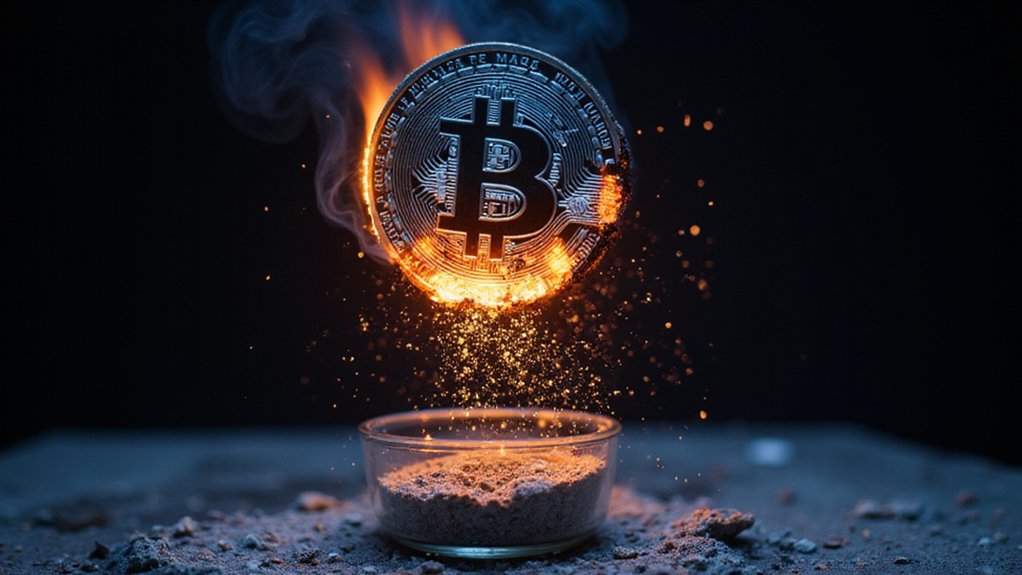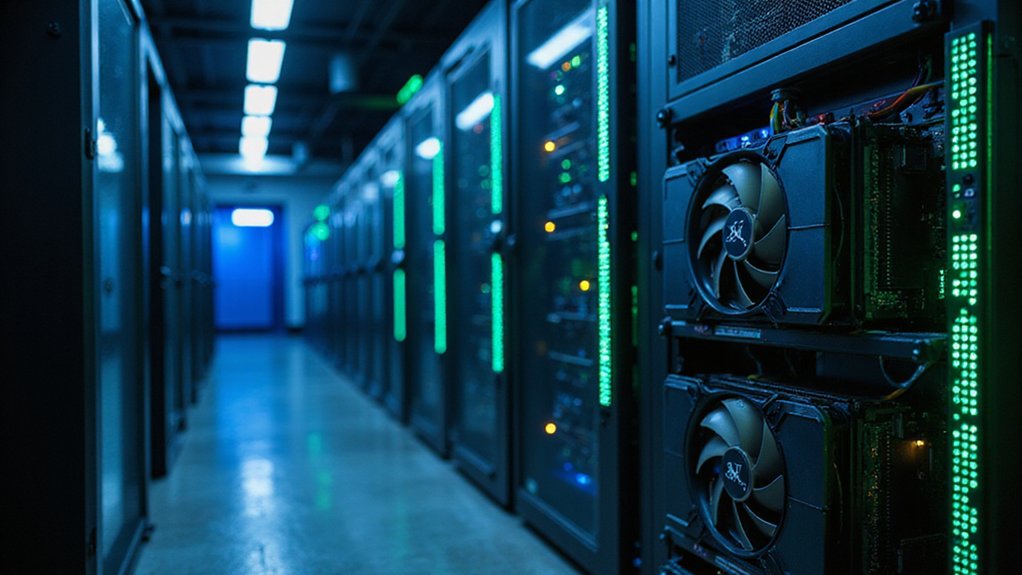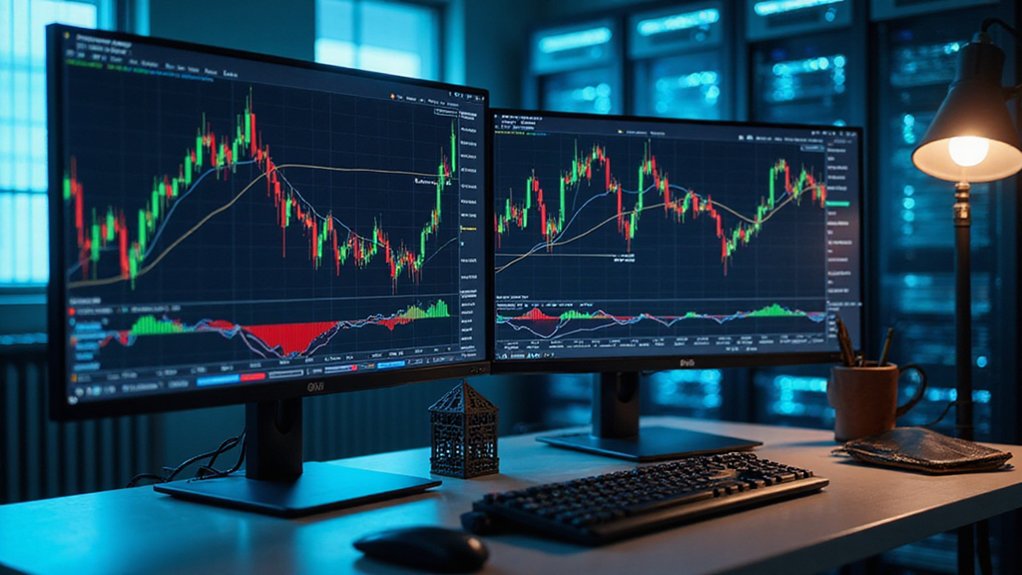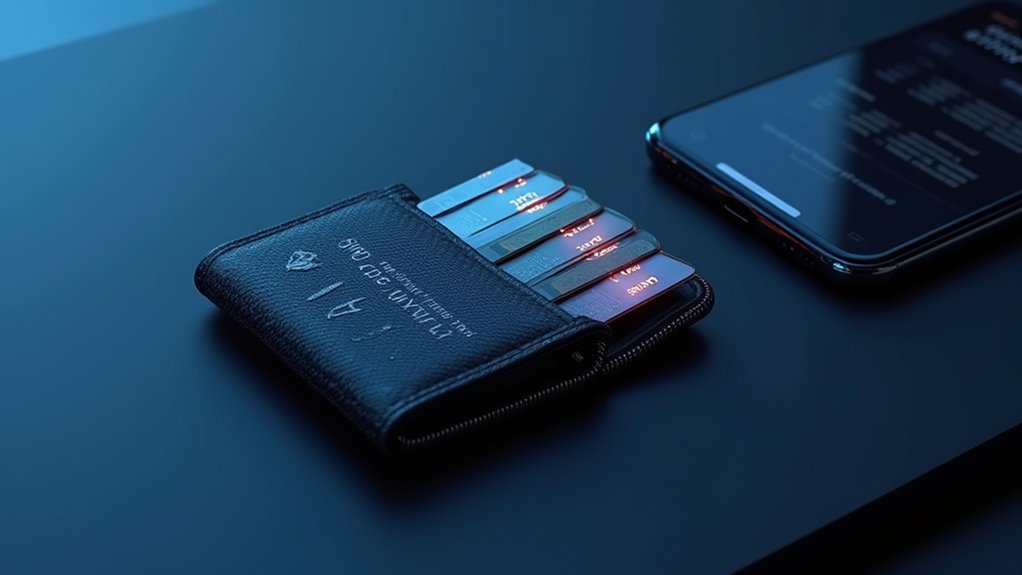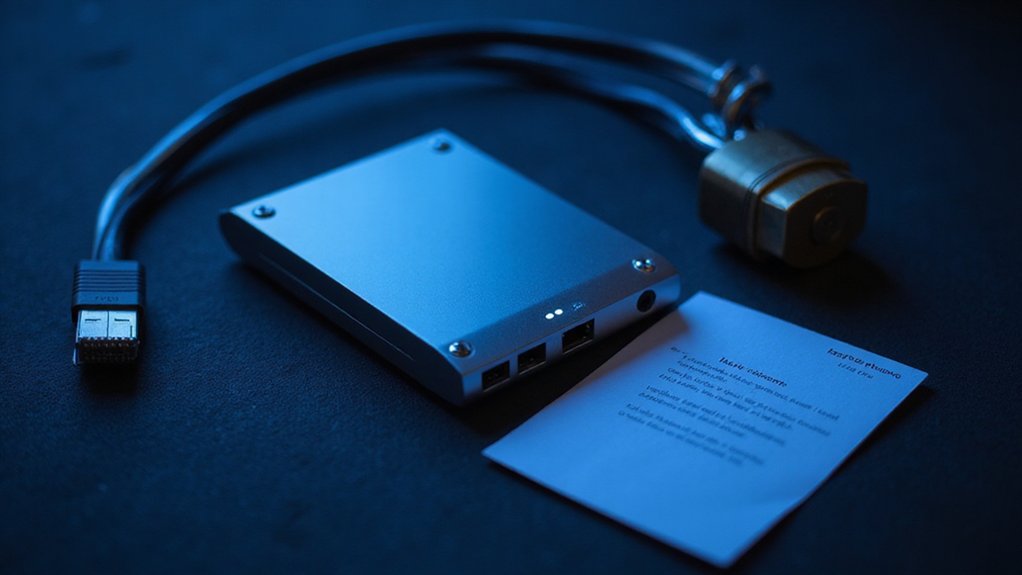Crypto token burning permanently removes tokens from circulation by sending them to inaccessible “dead wallets,” creating artificial scarcity. This deliberate destruction—a counterintuitive value-enhancing mechanism—relies on basic supply-demand economics to potentially increase remaining tokens’ value. Projects implement burns via irreversible smart contract functions, demonstrating fiscal discipline while controlling inflation and signaling long-term commitment. Binance’s quarterly BNB burns exemplify this practice, which transforms digital destruction into a sophisticated value proposition for the attentive investor.
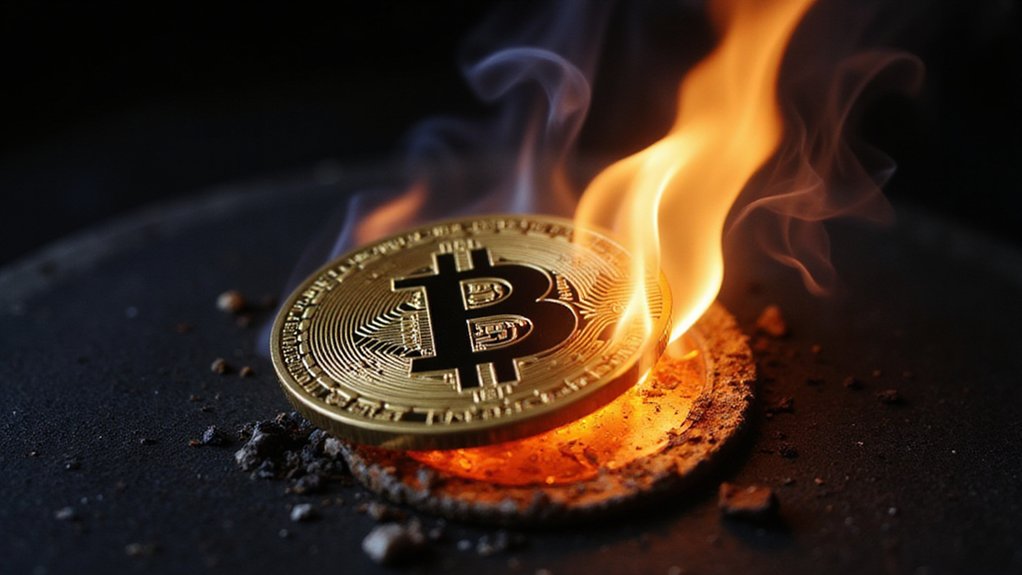
Why would anyone deliberately destroy their own money?
In the peculiar universe of cryptocurrency, this counterintuitive practice—known as token burning—has emerged as a standard procedure employed by developers seeking to optimize their tokenomics.
The process involves permanently removing a specific quantity of tokens from circulation by sending them to an irretrievable address (colloquially termed a “dead wallet”), effectively consigning these digital assets to oblivion.
The economic rationale underpinning this seemingly wasteful exercise derives from fundamental supply-demand mechanics.
Deliberate scarcity creation through destruction—perhaps the most elegant paradox in digital economics.
By constraining the available supply of tokens, projects aim to create deflationary pressure that potentially increases the value of remaining tokens—a concept that would have Adam Smith raising an eyebrow while reluctantly nodding in comprehension.
Smart contracts facilitate this procedure, meticulously verifying wallet balances before executing the burn function, which, once completed, renders the transaction irreversible.
Notable implementations include Binance’s quarterly BNB burns and Ethereum’s post-merge fee burning mechanism, both designed to systematically reduce circulating supply.
These processes require robust blockchain support and secure smart contract execution, typically accompanied by transparent protocols that enable stakeholders to monitor burned token quantities—financial transparency being a welcome departure from traditional markets’ opacity.¹
Beyond mere price manipulation, token burning serves multiple strategic functions: controlling inflation, demonstrating fiscal discipline, managing liquidity, and—perhaps most vitally—enhancing market confidence.
The practice represents a fascinating intersection of technological capability and economic theory, where digital scarcity can be manufactured through code execution rather than physical limitations.
The psychological impact on investors should not be underestimated.
A well-executed burning strategy signals commitment to long-term value creation rather than short-term token dilution—a distinction that sophisticated market participants increasingly recognize and reward.
As cryptocurrency markets mature, such supply management mechanisms will likely evolve from experimental procedures to established financial instruments, further blurring the already indistinct boundaries between traditional and digital finance.
This irreversible commitment to reducing supply demonstrates project developers’ dedication to their economic roadmap, as tokens sent to burn addresses become permanently inaccessible to anyone.
Meme coins like Pepe Coin have integrated deflationary mechanisms that burn a percentage of tokens with each transaction to potentially increase value over time.
The Proof of Burn consensus mechanism utilizes burning as an alternative to energy-intensive mining, allowing miners to gain validation rights by burning tokens rather than consuming substantial computational resources.
¹Unlike certain central banking operations, which occasionally leave observers wondering where exactly the money went.
Frequently Asked Questions
How Do Token Burns Impact Tax Reporting for Investors?
Token burns present a labyrinthine tax scenario for investors—the implications hinging entirely on context.
Voluntary burns without value exchange typically avoid taxation, while forced burns may constitute taxable disposals (the IRS, predictably, wanting its pound of digital flesh).
Investors must meticulously document each burn event, recording fair market value and acquisition cost to accurately calculate potential capital gains or losses.
Professional tax guidance is advisable given the evolving regulatory landscape surrounding these virtual conflagrations.
Can Burned Tokens Ever Be Recovered or Restored?
Burned tokens cannot be recovered or restored under normal circumstances.
The cryptographic design of burn addresses—wallets with no retrievable private keys—ensures permanent token removal from circulation.
While theoretically, governance proposals could attempt recovery (as witnessed in Cronos’s failed attempt to reclaim 700 billion CRO tokens), such efforts face overwhelming community resistance and technical barriers.
The immutability of blockchain records fundamentally cements the finality of burns, rendering recovery a practical impossibility despite occasional governance-level machinations.
Do Partial Burns Affect Token Utility Differently Than Complete Burns?
Partial burns affect token utility dramatically differently than complete burns.
The former—often deployed as strategic economic levers—may actually enhance utility by increasing scarcity while preserving functionality.
Complete burns, conversely, effectively terminate a token’s utility altogether (rendering any discussion of “enhanced value” rather moot).
While partial burns can be calibrated to optimize tokenomics and potentially boost demand, complete burns represent the token equivalent of corporate euthanasia—a definitive end to its functional existence.
Which Cryptocurrencies Have the Most Significant Burn Schedules?
Several cryptocurrencies stand out for their significant burn schedules.
Binance Coin (BNB) leads with its quarterly burns tied to trading volume—a model that’s proven remarkably effective.
Ethereum’s EIP-1559 implementation continuously burns transaction fees, while Shiba Inu has witnessed trillions of tokens incinerated through community efforts (though one might question the impact given its astronomical supply).
Both Tron and Ripple maintain structured burning mechanisms, with the former targeting transaction fees and the latter focusing on periodic escrow releases.
How Do Emergency Burns Differ From Scheduled Tokenomic Burns?
Emergency burns differ from scheduled burns primarily in their reactive versus proactive nature.
While scheduled burns follow predetermined timetables as part of planned tokenomics (often quarterly or transaction-based), emergency burns respond to crises like hacks, exploits, or market anomalies.
The former creates predictable, gradual supply reductions allowing market anticipation; the latter abruptly reduces supply to restore trust or address specific problems.
Both permanently remove tokens via burn addresses, though their market impacts vary considerably in timing and interpretation.
